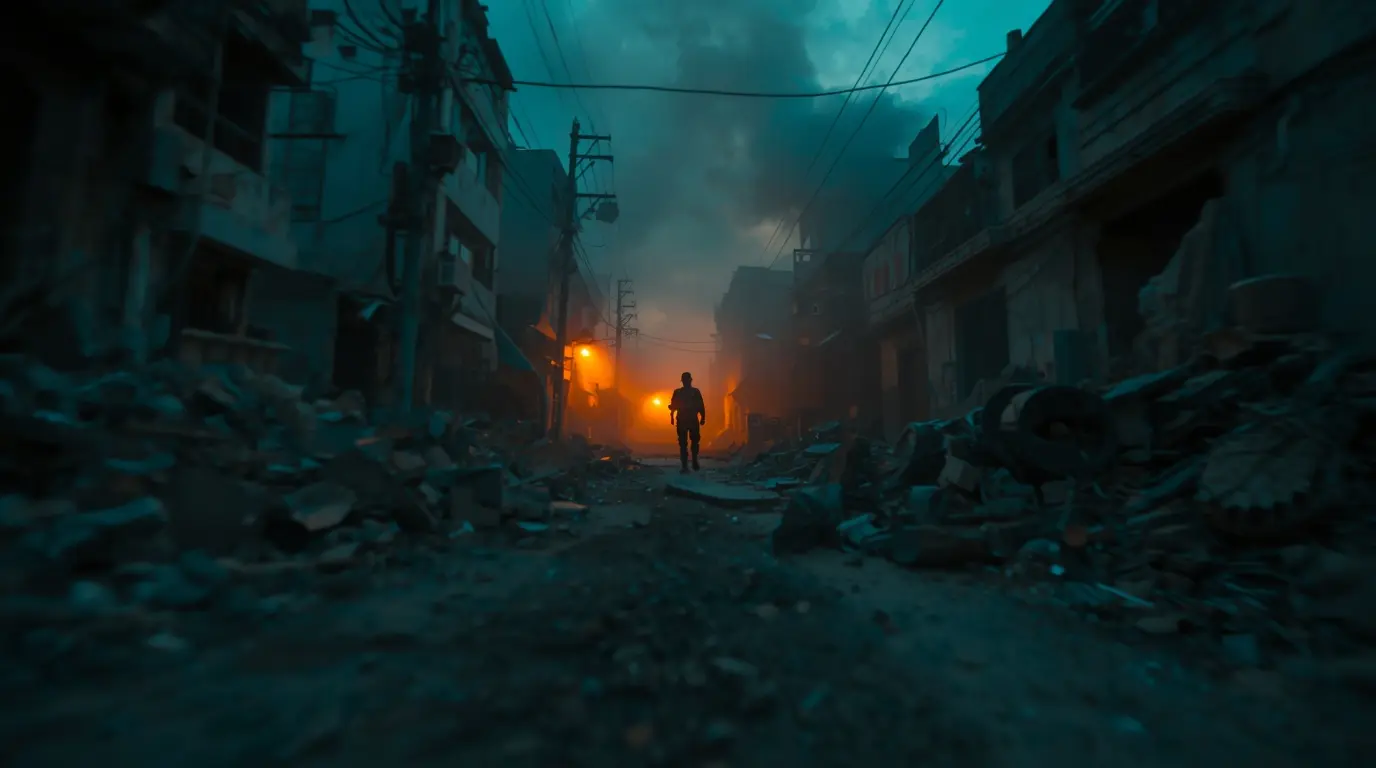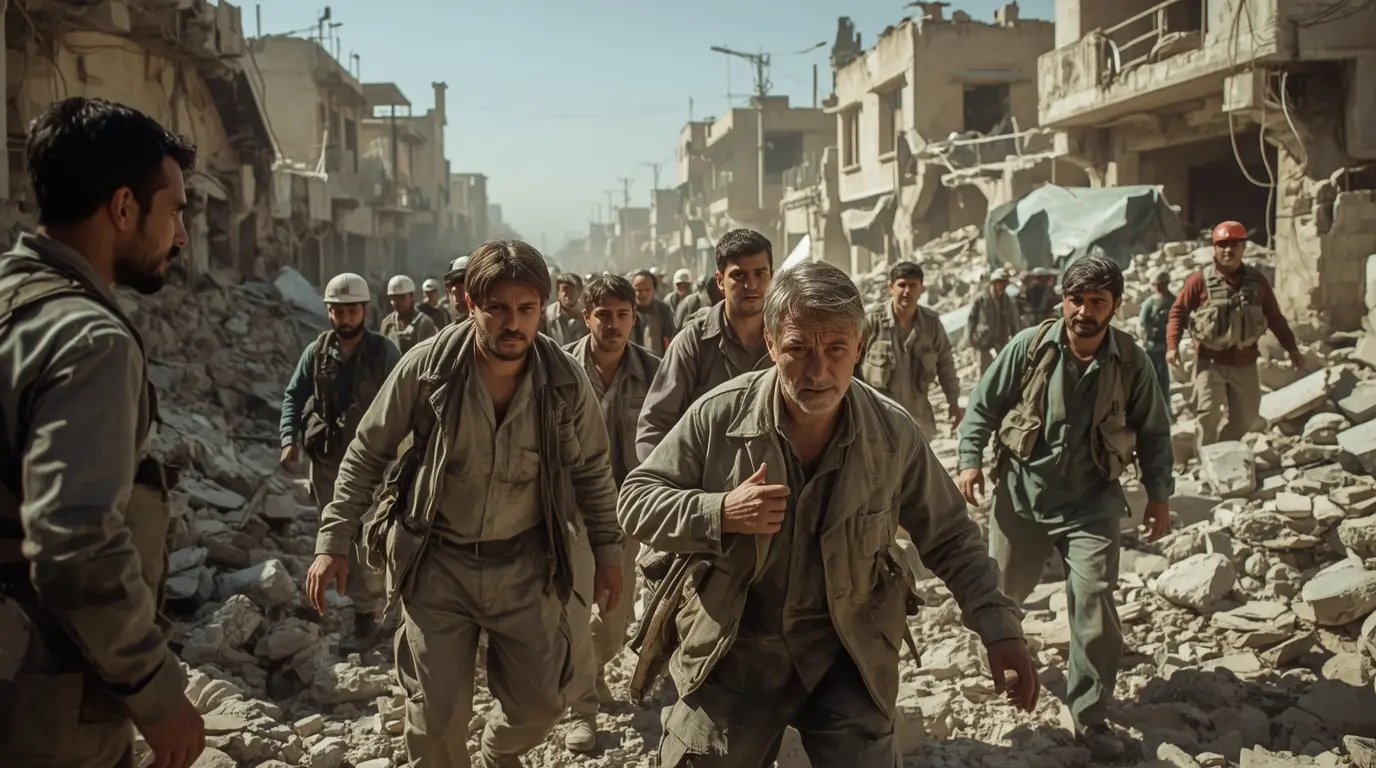Israel Gaza offensive has spiraled into a new, relentless phase as ground elements of the Israel Defense Forces (IDF) push deep into Gaza City. This latest barrage has escalated in ferocity, described by military analysts as the fiercest in a campaign that has already stretched out for weeks. The ostensible goal remains the systematic dismantling of Hamas’s military capabilities, yet the civilian toll climbs by the hour, deepening humanitarian suffering across the enclave. The consequences of this renewed Israel Gaza offensive are simultaneously aggravating the existing humanitarian crisis and altering diplomatic calculations in capitals worldwide, inviting widespread, sharp criticism.
Tactical Shift: Urban Combat and Ground Reinforcements
Air reconnaissance, targeted strikes, and sporadic raids once governed the tempo of hostilities, yet this phase of the Israel Gaza offensive has deeply transitioned into urban ground warfare. Defense analysts identify the labor force as a decisive change: the IDF has recalled an unprecedented number of reserve brigades, merging them into the already besieged low-rise, densely populated neighborhoods of Gaza City. The reserve formations, equipped with infantry, armored units, and artillery, are now engaged in urban close-combat operations, aiming to seize and control regions identified as command and weapons storage sites. Debris-filled streets and clinic corridors narrow the IDF advance yet multiply civilian exposure, illustrating the mounting dilemma between military objectives and humanitarian consequences.
Fresh troops are pouring into the region and turbocharging the Israel Gaza offensive conflict. They are now pushing ground assaults in several Gaza neighborhoods at once, including Tel al-Hawa, Sabra, and Rimal. The mission is straightforward: apply a relentless squeeze, uncover Hamas battalions that are thought to be hidden in a spider-web of tunnels, and stop the group from re-forming within the city. The scale of this surge points to a risky and possibly decisive push to break the ongoing military deadlock.
The Human Price and a State of Emergency
The civilian toll from this renewed Israeli-Gaza fighting is staggering and increasing may be measured in minutes, not hours. Gaza’s health ministry, now directed by Hamas, reports that casualties are climbing sharply, with hundreds reported dead or injured within just the last two days. Persons displaced by fighting elsewhere in Gaza City now find themselves once again trapped in a zone of lethal combat.
“The situation has gone past hopeless. No place will keep you safe right now,” the Red Crescent told CNN. “Every day of shelling on top of the ground invasion has blocked any real aid from getting through.”
The UN and several aid groups are sounding urgent alarms, saying the new Israel Gaza offensive has pushed a weak aid system closer to total failure. People can’t find enough food, clean drinking water, or basic medical help. The operation has wrecked key facilities, turning the delivery of even tiny amounts of aid into a logistics nightmare. The growing scale of suffering is now the loudest and most urgent point in every discussion about the campaign.
Worldwide Reaction: Outrage and Demands for a Ceasefire
Nations around the world have reacted with both alarm and strong blame for Israel Gaza offensive. Main regional powers, including Egypt and Jordan, are saying the operation could have “calamitous results” for stability across the region. The Arab League has called for an emergency meeting to discuss what they are calling the aggressive expansion of the campaign.
Across Europe, top officials from France, Germany, and EU leadership have issued urgent warnings about rising civilian death tolls, renewing a call for an immediate, temporary ceasefire to allow aid deliveries. The White House, while still affirming Israel’s right to defend itself, has steadily sharpened its wording, stressing that excessive civilian harm is intolerable. The mixture of cautious support and growing concern has left diplomats juggling moral and strategic balances.
In parallel, the UN Security Council has been deadlocked on a formal ceasefire resolution, mainly because the U.S. has exercised its veto. Frequent vetoes on ceasefire terms reveal how polarized diplomatic positions have become. Countries typically aligning with the U.S. are now feeling growing pressure to openly criticize military tactics, making the Israel Gaza offensive conflict a test of credibility for international diplomatic norms.
When the shooting stops, the decisive debate will revolve around Israel’s declared objectives. Tel Aviv demands the immediate release of hostages and the dismantling of Hamas’s military and political infrastructure. The Israel Gaza offensive’s intensity suggests Israel is convinced that the only path to secure these aims is by applying overwhelming force. Whether that calculation holds true beyond military success is the urgent, and unresolved, question the international community is now struggling to answer.
Yet military experts warn that fighting in one of the world’s most crowded cities is always chaotic and hard to predict. Every day the Israel Gaza offensive campaign drags on, the IDF gets drawn deeper into hard house-to-house fighting. That raises the odds of more Israeli deaths and even greater Palestinian casualties, the kind that tragedies that draw global outrage almost inevitably.
In addition, there’s no evident strategy for the “day after.” A toppled Hamas leadership might create a power vacuum that spills into chaos, creating a long-term insecurity that endangers Israel and ripples throughout the region. The current operation might win on the battlefield, but without a clear political path for Gaza’s governance, the prospect of a real, durable peace fades into the background.
Conclusion: A Conflict with No Easy Answers
The newest flare-up in the years-long Israel Gaza offensive conflict marks another painful crossroads in this terrible war. Israel continues to call up troops to drive its military objectives, yet the human cost is climbing to new heights, stirring worldwide protest and putting alliances to the test. Moving ahead will be anything but easy, and the path to peace remains tangled. Globally, people are praying for calmer days while mentally preparing for the next heart-wrenching scene in the Israel Gaza offensive cycle. The scars left by this latest violence will echo for decades.
Source: https://edition.cnn.com/2025/08/20/middleeast/israel-gaza-city-offensive-manpower-latam-intl
For more incredible stories of everyday news, return to our homepage.




